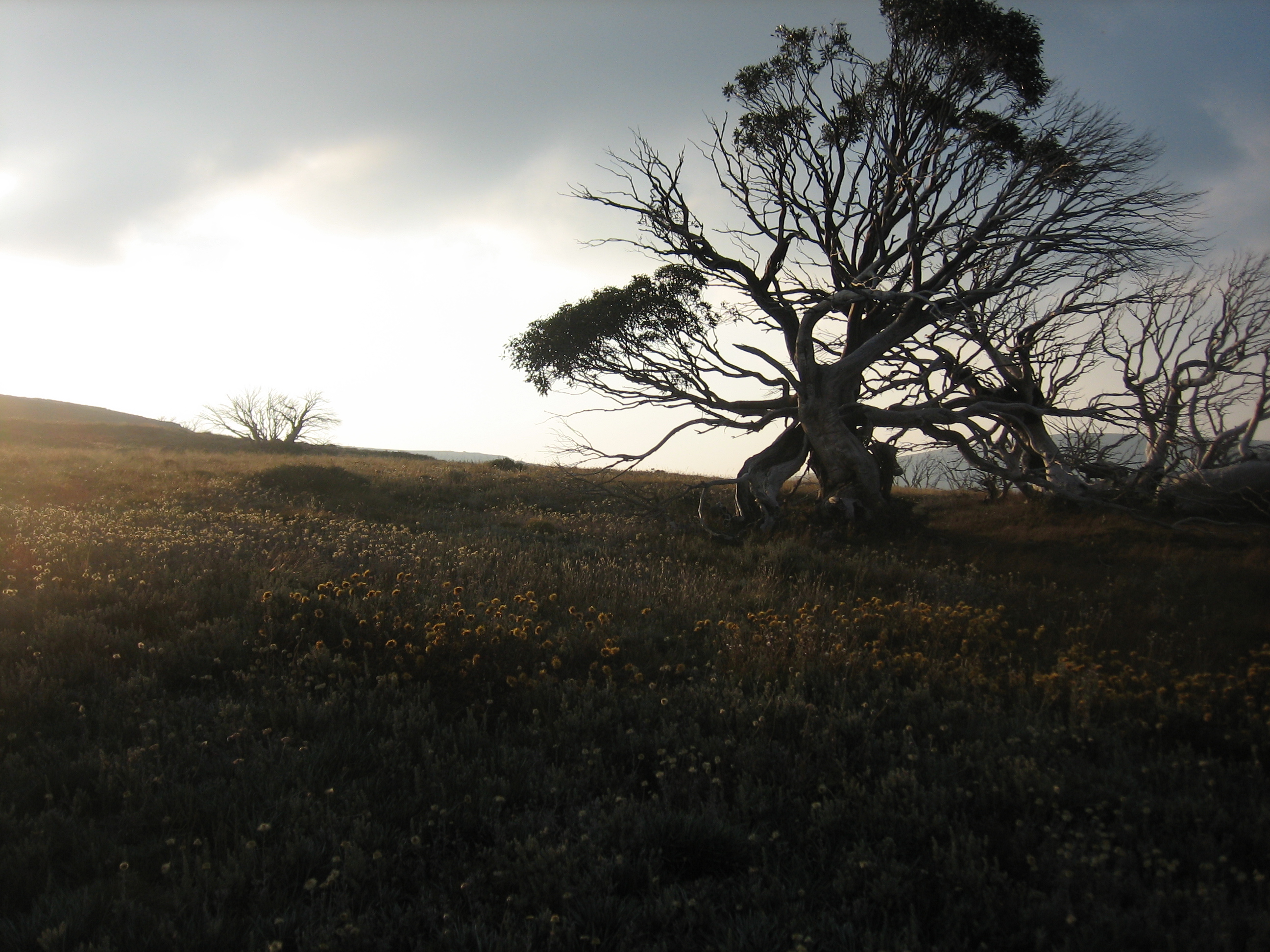Dr Philippa Griffin
Scientific interests
- plant phylogeography
- adaptive evolution of natural populations under climate stress
- applying next-generation sequencing and other genomic methods to natural populations
Current research focus
To understand the evolutionary potential of a species, we must first get a handle on its population structure, which is controlled both by current gene flow and by historical colonisation and dispersal patterns.
The plant Arabidopsis lyrata ssp. lyrata exists in genetically differentiated populations spanning a large latitudinal gradient in North America. Much of its current range was under ice at the height of the Last Glacial Maximum, and some lines of genetic evidence indicate a population bottleneck and subsequent expansion. Nevertheless, the current populations show wide variation in morphology, life history traits and adaptive responses to environment.
I aim to characterise the spatial and temporal expansion of this species since the Last Glacial Maximum by building a population phylogeny based on DNA sequence data, making use of the genome sequence now available and new high-throughput genomic techniques. These population relationships will then inform our understanding of current adaptation and adaptive limits.
Previous and ongoing research
I completed my PhD project in the Genetics Department at the University of Melbourne, Australia, supervised by Prof. Ary Hoffmann and Dr. Linda Thomson. In this project I took two paths to investigate the evolution of Australian alpine grasses under climate change.

First, I investigated the evolutionary relationships within this group of sympatric, morphologically-similar Poa species, using multiple genes. This group shows little species differentiation or geographic structure and appears to have differentiated only recently, with ongoing hybridisation. This means the total genetic diversity available for adaptation to a changing environment should be higher than previously thought.
Second, I tested whether environmental or genetic factors were responsible for widespread grass mortality observed in the field following drought. This involved field and glasshouse experiments. I concluded that drought tolerance had some environmental basis in these grasses, and detected differences in drought tolerance between sympatric species but not between grasses from different elevations. I also linked climate data and soil water-holding capacity, which indicated that soil drying occurs frequently in the Australian Alps in the snow-free months.
Other ongoing research projects include an investigation of the invertebrate community response to natural and experimental temperature change in the Australian Alps (with Prof. Ary Hoffmann and Dr. Michael Nash) and an examination of corolla lobe number variation over multiple generations in Stylidium armeria (with Prof. Ary Hoffmann).
Publications
Willi Y, Griffin P, van Buskirk J. (2012) Drift load in populations of small size and low density. Heredity (in press)
Nash MN, Griffin P, Hoffmann AA. (2012) Inconsistent responses of alpine arthropod communities to experimental warming and thermal gradients. Climate Research (in press)
Griffin PC, Hoffmann AA. Limited genetic divergence among Australian alpine Poa tussock grasses coupled with regional structuring points to ongoing gene flow and raises taxonomic challenges (under review)
James E, Jordan R, Griffin P. High genetic connectivity in a modified wetland system in two plant species with contrasting dispersal mechanisms (under review)
Griffin PC and Hoffmann AA (2011) Mortality of Australian alpine grasses (Poa spp.) after drought: species differences and ecological patterns. Journal of Plant Ecology doi:10.1093/jpe/rtr010 [ link ]
Griffin PC, Robin C, Hoffmann AA. (2011) A next-generation sequencing method to overcome the multiple gene copy problem in polyploid phylogenetics. BMC Biology 9:19. [ link ]
Hoffmann AA, Griffin PC, MacRaild RD (2009). Morphological variation and floral abnormalities in a trigger plant across a narrow altitudinal gradient. Austral Ecology 34:780-792. [ link ]
Griffin PC, Woodrow IE, Newbigin EJ (2009). Population genetics of Ryparosa kurrangii (Achariaceae), a rare lowland rainforest tree. Biochemical Systematics and Ecology 37:334-340. [ link ]
Contact

Institute of Biology
University of Neuchâtel
Rue Emile-Argand 11
2000 Neuchâtel
Switzerland
email: philippa.griffin@unine.ch
phone: +41 (0)32 718 23 09
Education
- PhD in Genetics, University of Melbourne. Australia, 2011.
Supervised by Prof. Ary Hoffmann and Dr. Linda Thomson.
Phylogenetics and drought response of Australian alpine grasses (Poa spp.)
- Research Assistant, Plant Cell Biology Research Centre, School of Botany, University of Melbourne, 2006-2007.
Worked with Assoc. Prof. Ed Newbigin and Dr. Susan Hoebee on wild radish (Raphanus raphanistrum) self-incompatibility.
- Bachelor of Science (Honours) supervised by Assoc. Prof. Ed Newbigin and Assoc. Prof. Ian Woodrow, School of Botany, University of Melbourne. Australia, 2006.
Population genetics of Ryparosa kurrangii, a rare Australian rainforest tree
- Bachelor of Science (majors: Botany, Biochemistry), University of Melbourne, Australia, 2005.
- Bachelor of Arts (major: German), University of Melbourne, Australia, 2005.

